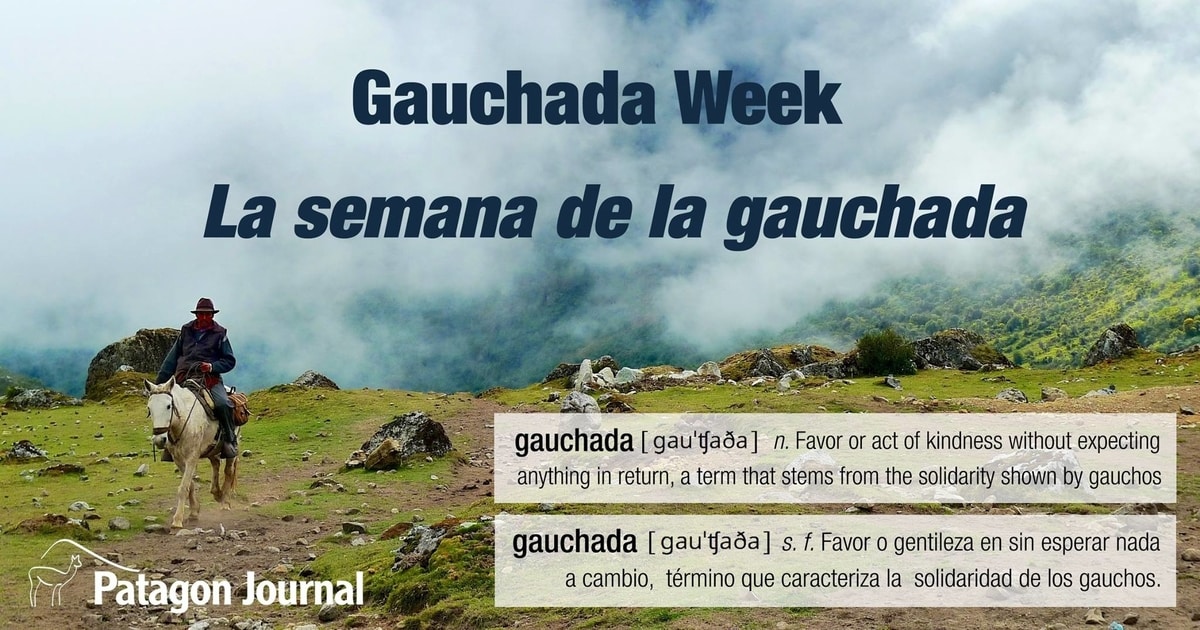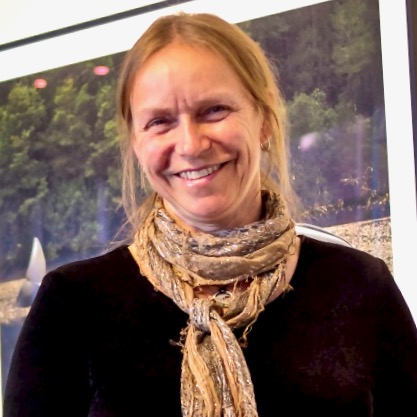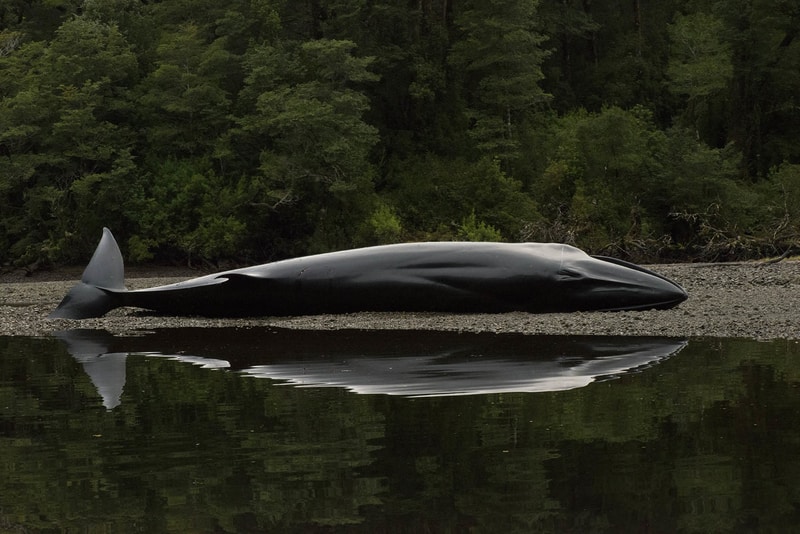 alt
alt altKeri-Lee Pashuk is a photographer, visual artist, and sailor who has been sailing around Chile capturing wildlife and landscapes since 1986. With her husband, they’ve explored the remote high latitude areas of the northern and southern hemispheres on their sailing vessels, the Northanger and then the Saoirse, and it was on a yearlong expedition to the Canadian Arctic in 1999/2000 that she discovered her passion for these fragile places, their people, and the wildlife. You can find out more about her projects at www.patagoniaprojects.org and www.northanger.org. You can also see her work at the “Whales: Voices of the Seas of Chile” exhibit at La Moneda Cultural Center in Santiago, open from August 8 to November 13.
altKeri-Lee Pashuk is a photographer, visual artist, and sailor who has been sailing around Chile capturing wildlife and landscapes since 1986. With her husband, they’ve explored the remote high latitude areas of the northern and southern hemispheres on their sailing vessels, the Northanger and then the Saoirse, and it was on a yearlong expedition to the Canadian Arctic in 1999/2000 that she discovered her passion for these fragile places, their people, and the wildlife. You can find out more about her projects at www.patagoniaprojects.org and www.northanger.org. You can also see her work at the “Whales: Voices of the Seas of Chile” exhibit at La Moneda Cultural Center in Santiago, open from August 8 to November 13.1. High and Dry
In 2016, this endangered sei whale was found dead on the same beach where, in 2015, eight baleen whale carcasses were discovered by Dr. Vreni Haussermann and her team on board the SRV Saoirse. During further investigation via sailing boat, flyover, and satellite photo, 367 whale carcasses were counted in what was the largest baleen whale mortality in history.

2. Plankton Sampling
As part of continuing studies on the death and life of sei whales, Katie McConnell launches a plankton net from the deck of the SRV Saoirse in the Golfo de Penas, sampling for Alexandrium cantenella, a small organism that produces saxitoxin, a neurotoxin which when consumed can cause paralytic shellfish poisoning (PSP). This same toxin is believed to have contributed to the mass whale mortality event of baleen whales in 2015 in this region. It also affects shellfish, known as red tide. Global warming could cause more red tide events globally.

3. Harvesting Mussels in Puerto Eden
Isabel Negue and Javier Chiguay, third generation residents of Puerto Eden, are loading bags of mussels they have collected from the beach behind the village. Their family rely on harvesting shellfish for their food and for their livelihood. Toxic algae blooms are threatening the populations of the endangered sei whales living in these waters and also threaten the way of life and livelihoods of Chileans all along the coast of the worlds largest fjord system, not only of the residents of Puerto Eden.

4. Glacier in Tempanos Fjord in Retreat
Receding glaciers and melting icecaps are visible markers of a rapidly warming climate. This glacier, in Fiordo Tempanos in Bernardo O’Higgins National Park in the fjords of Patagonian Chile, show the lines of a recent retreat in the barren gray rock at the foot of the glacier and with the vibrant oranges and greens of the mosses which are the first plants to colonize the rock after the first of the pioneer species of bacteria and lichens.

5. Weather Station in Tempanos Fjord
Greg Landreth checks a weather station in Tempanos Fjord that was installed by the late Charlie Porter, who, working with various institutions in Chile, created a network of weather stations from Puerto Williams in the Beagle Channel to Fiordo Tempanos, just north of Puerto Eden. Monitoring wind, precipitation and radiation, these stations were a vital resource for recording the change in these Patagonian fjords and glaciers. With global warming intensifying, the need for such stations is more important than ever.

6. Puerto Eden’s New Generations
A blend of cultures (Kawesqar and Mapuche Huilliche), Maria-‐Jose Gonzalez Tonko, Aliro Vargas Traimante and their three daughters are part of the old and the new generations of Puerto Eden. Embracing the past traditions and the unknown future, they continue to fish for food and finances, maintain jobs with CONAF and the Crux Australis Ferry and are preparing for the change soon to come to the community: tourism.

7. Cause of Death to be Determined
In May 2018, this female sei whale was noticed by a local fisherman, floating in a small bay near the community of Puerto Eden. Why did this whale die? Was it the orcas? Red tide? A boat strike? With the continuing mysterious mortalities of this endangered whale, more frequent red tide blooms, global warming and encroachment by humans and their industries, the need for creating safe zones and protected areas is critically urgent.






.gif)



